Artist: Jean Ruiter (1942-2005)
Charcoals: Untitled, print 44,5x40cm, vintage print 1995, signed “Ruiter ’95”
Ruiter’s serie ‘Charcoals’ focuses on the tension between media past and media present. Ruiter, with great wit, constructs his images not out of charcoals drawings but out of physical charcoal, itself. (Jonathan Green, director of Museum of Photography California)
Jean Ruiter (1942-2005) was born in Amsterdam, followed after his secondary school two photographic courses that he did not finish, and eventually graduated from the Royal Academy of Art in The Hague.
In the seventies Jean Ruiter was a renowned photographer for, among others, the monthly magazine Avenue. He mainly made landscape reports. “With a Rover months into the desert, delicious”. But the rules of a client limited his freedom too much. Since 1988 he only makes ‘own’ work, in which the landscape still plays an important part. Work that is difficult to place in one of the boxes of photography. Ruiter prefers to call himself a media artist, because he also works with sound and video. “In the Dutch language there is not even a good word for this form of photography: ‘art photography’ is double and sounds terribly tedious and ‘photography of art’ does not cover the charge”.
Ruiter can be pretty excited about everything that has to do with the Netherlands. The cultural climate is too oppressive and the mentality too moralistic. Jean Ruiter felt better at home on the West Coast in the US. “Everything is over-organized in Europe, we have forgotten the dimension called” emotion “. Although his entire oeuvre is a stylistic hodgepodge, there are clear connections on substantive grounds. You could call them, usually cycles of about ten photos, ‘sketches of time’. Jean Ruiter puts a line of the pure, original culture of a people to what has become of them. Complex themes, such as his seven-part series “Japan II” about a country trapped between Eastern tradition and Western consumption society, are viewed from an unexpected angle: the contact between East and West is prayer in history and especially that of Hiroshima. Ruiter has symbolized this by a photo of a ‘survivor’: an almost molten American Baby Browny camera. The lens looks you cross, and the hull is sadly shriveled by the atomic bomb.
Exhibits: Photographers Gallery, London, 1974; Canon Photo Gallery, Amsterdam, 1974, 1975, 1979; Frans Hals Museum, Haarlem, 1981; Galerie Fiolet, Amsterdam, 1982; Foto Biennale, Enschede, 1986; Gallery Daniel Gervis, Paris, 1986; Arti et Amicitiae, Amsterdam, 1988; Allard Pierson Museum, Amsterdam, 1989; Oude Kerk, Amsterdam, 1990.



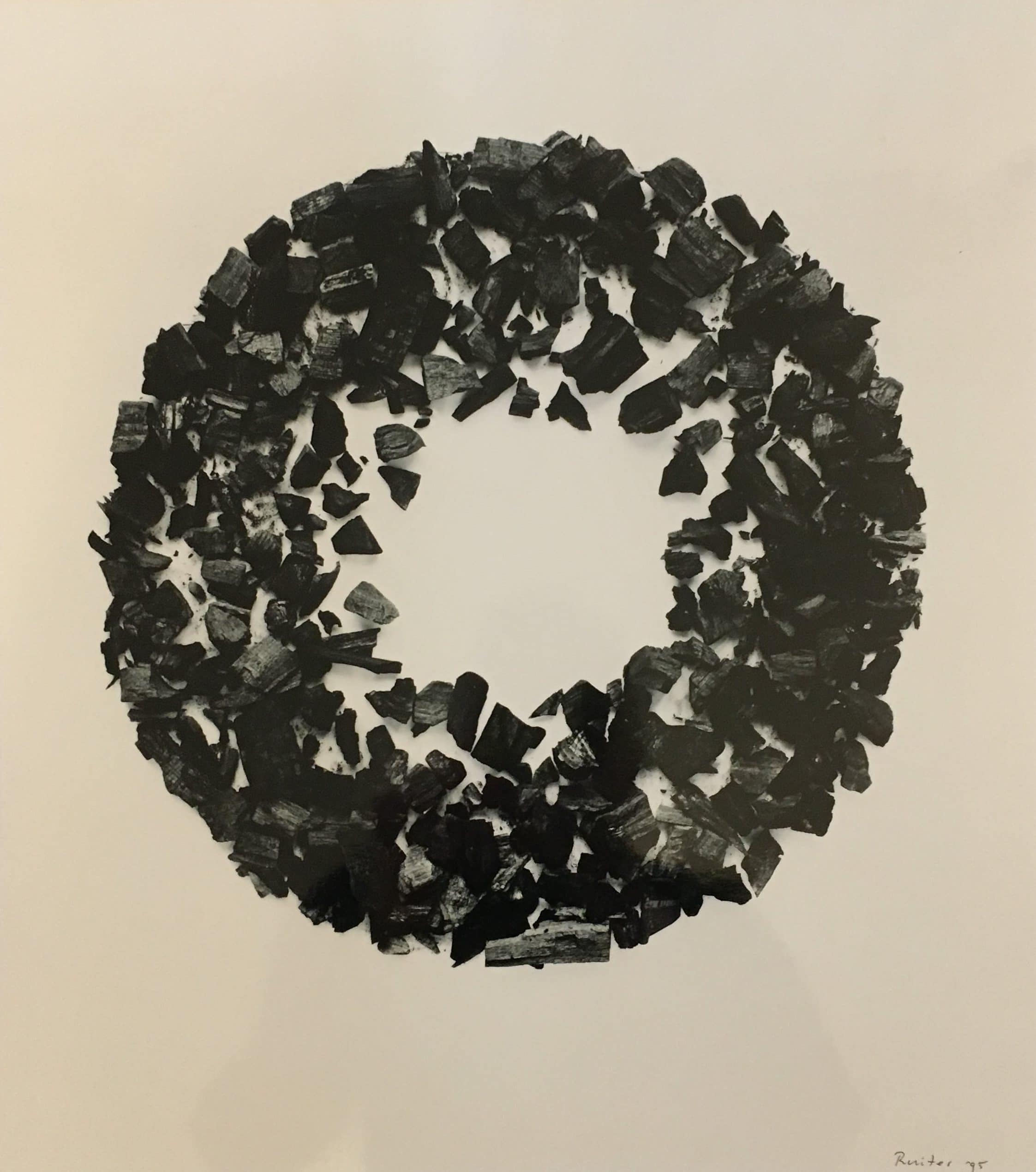
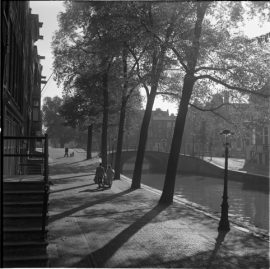
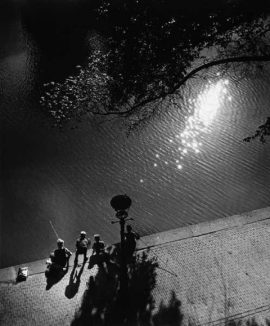
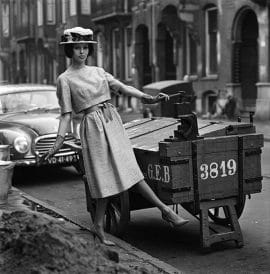
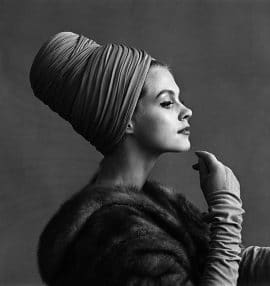
There are no reviews yet.